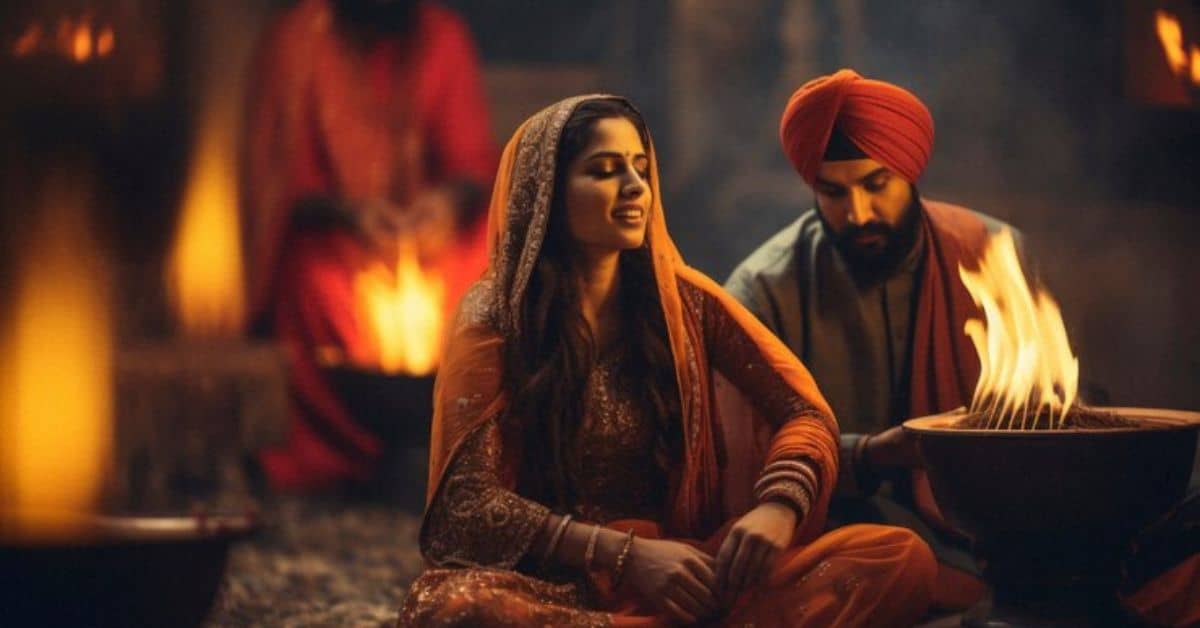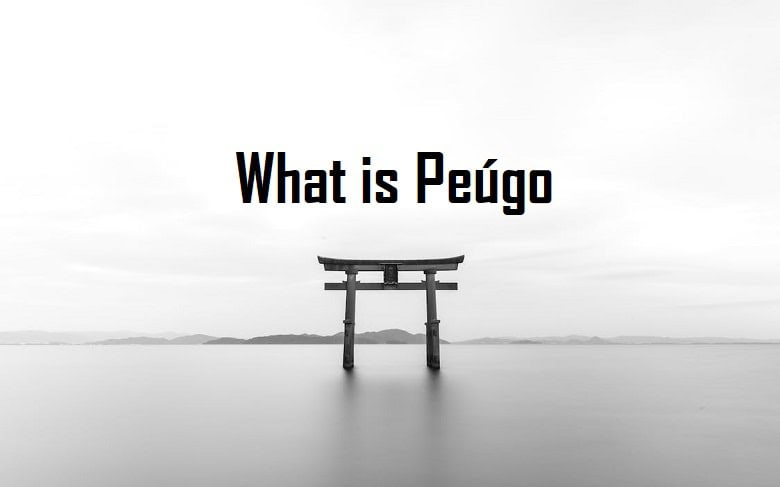The enigmatic Peúgo, a significant element from ancient civilizations, continues to captivate historians, archaeologists, and cultural enthusiasts alike. This comprehensive exploration delves into its origins, cultural significance, role in rituals, and enduring influence in contemporary culture. Through this deep dive, we aim to uncover the layers of meaning and historical richness embedded in Peúgo, offering a detailed understanding for readers and enthusiasts.
Origins of Peúgo
Tracing Back Through Time
The origins of Peúgo are deeply rooted in the earliest known civilizations, where spirituality and symbolism intertwined with daily life. The creation of Peúgo artifacts involved intricate craftsmanship, utilizing materials such as metals, precious stones, and organic substances. These artifacts are not just objects; they are embodiments of the artistic and spiritual consciousness of their creators.
Materials Used in Peúgo Artifacts
| Material | Example | Significance |
|---|---|---|
| Metals | Gold, Bronze | Durability, Value |
| Stones | Jade, Obsidian | Spiritual Protection, Aesthetics |
| Organic Substances | Wood, Bone | Connection to Nature, Life Essence |
Significance in Ancient Cultures
Mystical and Cultural Symbolism
In various ancient cultures, Peúgo was imbued with mystical powers. It wasn’t merely decorative; it was a tool for invoking divine favour, protection, and prosperity. The symbolic designs, often depicting gods, celestial entities, and mythological creatures, served as a bridge between the earthly and the divine realms.
Also read: GUCCI Meaning
List: Cultural Roles of Peúgo
- Rituals: Used in ceremonies to channel spiritual energy.
- Protection: Believed to guard against evil spirits.
- Status Symbols: Denoted power and authority among leaders.
Peúgo in Rituals and Ceremonies

Channeling the Divine
Peúgo played a crucial role in ritualistic practices. Priests and shamans used these artifacts to communicate with spiritual realms, invoking blessings or guidance. The artifacts acted as conduits, believed to channel divine energy into the earthly plane, thus aiding communities in their spiritual practices.
Peúgo as a Symbol of Power
Emblem of Authority
Beyond its spiritual uses, Peúgo symbolized power and prestige. High-ranking officials and rulers adorned themselves with these artifacts to assert their authority and divine right to lead. These items were often heirlooms, passed down through generations, serving as a tangible link to the past and a legitimization of power.
Table: Peúgo Artifacts as Status Symbols
| Artifact Type | Cultural Significance | Examples |
|---|---|---|
| Crowns | Royal Authority | Golden crowns with intricate designs |
| Sceptres | Leadership and Power | Bejewelled sceptres |
| Amulets | Protection and Blessings | Amulets with mystical inscriptions |
Also read: BAE
Modern-Day Relevance of Peúgo
A Continuing Fascination
Today, Peúgo continues to intrigue scholars and enthusiasts. Modern archaeology and historical studies have unveiled the technological sophistication and artistic sensibilities of ancient civilizations. These artifacts offer a glimpse into the advanced techniques and cultural practices of the past, fostering a deeper appreciation for these ancient cultures.
Peúgo in Contemporary Art and Culture
A Legacy in Modern Creativity
The influence of Peúgo extends into contemporary art and culture. Modern artists often draw inspiration from its symbolic richness and aesthetic complexity, integrating these elements into their work. This fusion of ancient symbolism with modern art forms creates a vibrant cultural dialogue that enriches the present-day creative landscape.
List: Contemporary Uses of Peúgo Motifs
- Fashion: Jewellery and clothing designs inspired by ancient patterns.
- Visual Arts: Paintings and sculptures incorporating Peúgo symbols.
- Performing Arts: Theatrical productions and performances using Peúgo themes.
Peúgo and Cultural Heritage
Preservation and Education
Preserving Peúgo artifacts is crucial for maintaining our cultural heritage. Museums and cultural institutions around the world house collections of these items, offering invaluable resources for research and education. These institutions play a vital role in ensuring that the legacy of ancient civilizations is preserved for future generations.
Table: Key Institutions Preserving Peúgo Artifacts
| Institution | Location | Notable Collections |
|---|---|---|
| British Museum | London, UK | Extensive collection of ancient artifacts |
| Louvre Museum | Paris, France | Middle Eastern and Mediterranean artifacts |
| National Museum of Anthropology | Mexico City, Mexico | Pre-Columbian artifacts |
Also read: Solfege Meaning
Expert Insights on Peúgo
To provide a well-rounded perspective, we consulted experts in archaeology, anthropology, and art history. Their insights help us understand the complexities and significance of Peúgo in both ancient and modern contexts.
Interview with Dr. Maria Gonzalez, Archaeologist
Q: What makes Peúgo artifacts unique in the study of ancient cultures?
A: Peúgo artifacts are remarkable for their combination of artistry and spiritual significance. They provide a unique glimpse into the beliefs and practices of ancient peoples, reflecting a deep connection between the material and spiritual worlds.
Commentary by Prof. John Smith, Art Historian
Q: How has Peúgo influenced contemporary art?
A: The symbolic depth of Peúgo artifacts continues to inspire contemporary artists. By integrating these ancient symbols into modern art, artists create a dialogue that bridges time, enriching the cultural and aesthetic experience.
Also read: WRD Meaning
Frequently Asked Questions (FAQs) about Peúgo
- What is Peúgo?
- Peúgo refers to ancient artifacts with spiritual and cultural significance, often used in rituals and as symbols of power.
- What materials were used to create Peúgo artifacts?
- Common materials include metals like gold and bronze, various stones, and organic substances such as wood.
- How were Peúgo artifacts used in ancient rituals?
- They were employed by priests and shamans to channel divine energy and communicate with spiritual entities.
- Why is Peúgo considered a symbol of power?
- It was used by rulers and high-ranking officials to signify authority and divine right.
- What is the significance of Peúgo in modern culture?
- Peúgo continues to influence contemporary art, fashion, and cultural heritage preservation.
- Where can Peúgo artifacts be seen today?
- They are displayed in major museums worldwide, including the British Museum and the Louvre.
- How has modern research enhanced our understanding of Peúgo?
- Advanced archaeological methods have uncovered more about the materials and techniques used to create these artifacts.
- What are some modern uses of Peúgo motifs?
- They appear in fashion, visual arts, and performing arts.
- How can we preserve Peúgo artifacts for future generations?
- Through proper conservation techniques and the efforts of museums and cultural institutions.
- What insights do experts provide about Peúgo?
- Experts highlight the artistic and spiritual significance of Peúgo, as well as its influence on contemporary culture.
Conclusion: The Timeless Appeal of Peúgo
Peúgo stands as a testament to the creativity, spirituality, and artistic brilliance of ancient civilizations. Its relevance in modern culture underscores the enduring appeal of these artifacts, offering a window into the past and a source of inspiration for the future. By exploring and preserving Peúgo, we connect with a shared human heritage, enriching our understanding of the world and ourselves.







